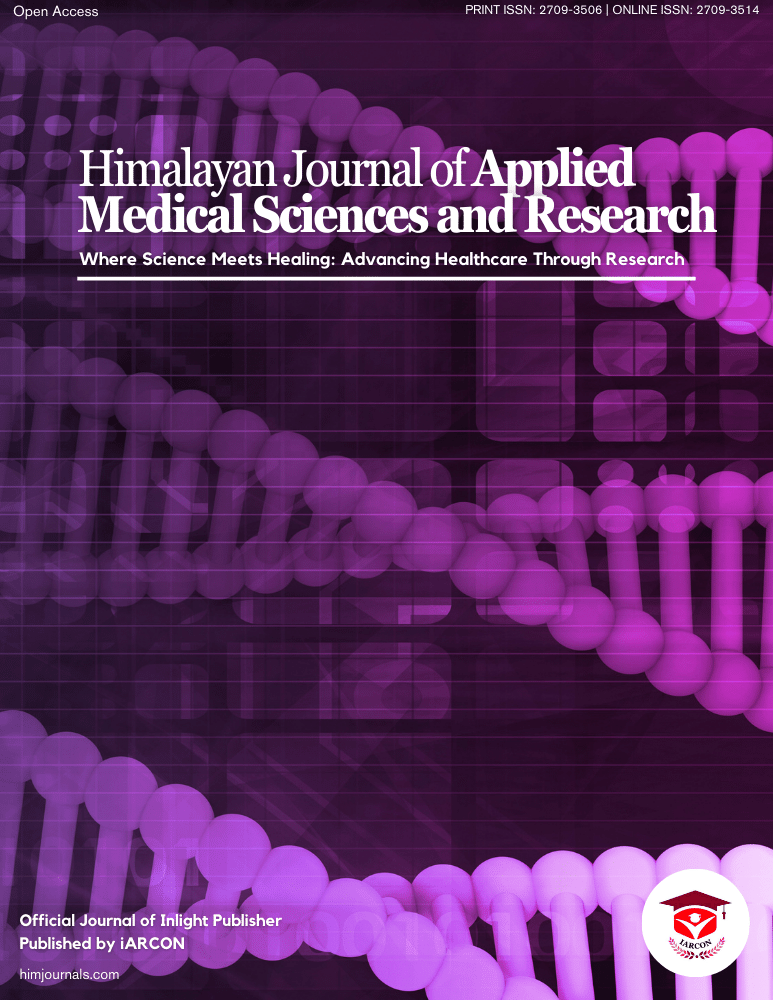First aid refers to the immediate care provided to an injured or illness victim. It is frequently delivered by an untrained layperson. First aid is often administered until the illness or injury is sufficiently addressed, or until the next stage of care, such as a doctor or ambulance, arrives. [8,9]
A fracture is the term used in medicine to describe a broken bone. Although there are many other types of fractures, open and closed fractures are the two most common. The fracture's severity depends on the fracture's location and the extent of the surrounding bone and tissue damage. Serious consequences might arise from severe fractures if they are not treated immediately. Potential side effects include damage to blood vessels or nerves, as well as osteomyelitis, an infection of the bone. DOTS, an acronym for the signs that can be utilized to spot fractures, stands for Deformity, Open Wounds, Tenderness, and Swelling. [10,11]
In the current study, 64% (256) of the patients were over 40 years old, compared to 36% (144) of the patients who were under 40. Male patients made up 59.75% (239) and female patients made up 40.25% (161). Maximum of 300 patients (or 75%) said that the first step in treating a fracture is to immobilize the injured area. This was followed by 288 (72%), applying pressure to the wound with a sterile bandage, a clean cloth, or a clean piece of clothing, 204 (or 51%), applying a splint to the area above and below the fracture sites, 190 (47.5%), stopping any bleeding, and 190 (47.5%) prescribing painkillers to the patient. Still, 68 (17%) people were unaware of any first aid procedures for fractures.
Quickly inspecting the patient for any signs of abnormalities, open wounds, discomfort, or swelling is the first step in providing first aid. Check for any bleeding as well as any immobility or difficulty moving the injured area. When a wound is bleeding, apply pressure to stop more blood loss. Then, one should employ RICE (Rest, Immobilize, Cold, and Elevate). [12,13]
Allow the patient to rest the painful area and refrain from any motion. If you can, encourage the patient to support the broken component. Immobilize or stabilize the damaged region on the ground. If movement is necessary, place splints for stability on either side of the affected area. Broad bandages are useful to prevent movement of the joints on either side of the shattered bone. In order to prevent movement, splints must always be cushioned, and any spaces between the body and the splint must be delicately filled in with additional padding. Place the splint correctly. If the foot has a fracture, the foot and ankle need to be immobilized. Every 15 minutes, recheck the bandages to make sure they are not too tight or loose. If you have access to any of these, apply a cold pack, ice, or cold water in a plastic bag to the injured area. Put a folded gauze pad or piece of fabric between the ice pack and the skin to prevent skin injury. It is recommended to leave the ice pack on for around 20 minutes. It is not recommended to immediately apply a cold compress to an open fracture. Always elevate the wounded area above the level of the heart, if at all possible. If there is no possibility of a broken bone or if moving the area will make you uncomfortable, merely elevate it. [14,15]
Help them find a comfortable position, put them to sleep, and reassure them. Wrap them up in clothes or a blanket to keep them warm. If the fracture is open, cover the wound with a piece of clean, non-fluffy fabric or a sterile dressing. Apply pressure around the wound rather than directly over the protruding bone to stop any bleeding. After that, secure the dressing with a bandage. [6,12]
If the victim doesn't seem to be breathing or appears to have passed out, begin cardiopulmonary resuscitation (CPR). If you think the patient has a fracture to their back, neck, or head, if the fractured bone has broken through the skin, or if there is severe bleeding, remember to get them immediate help. [6,9]


